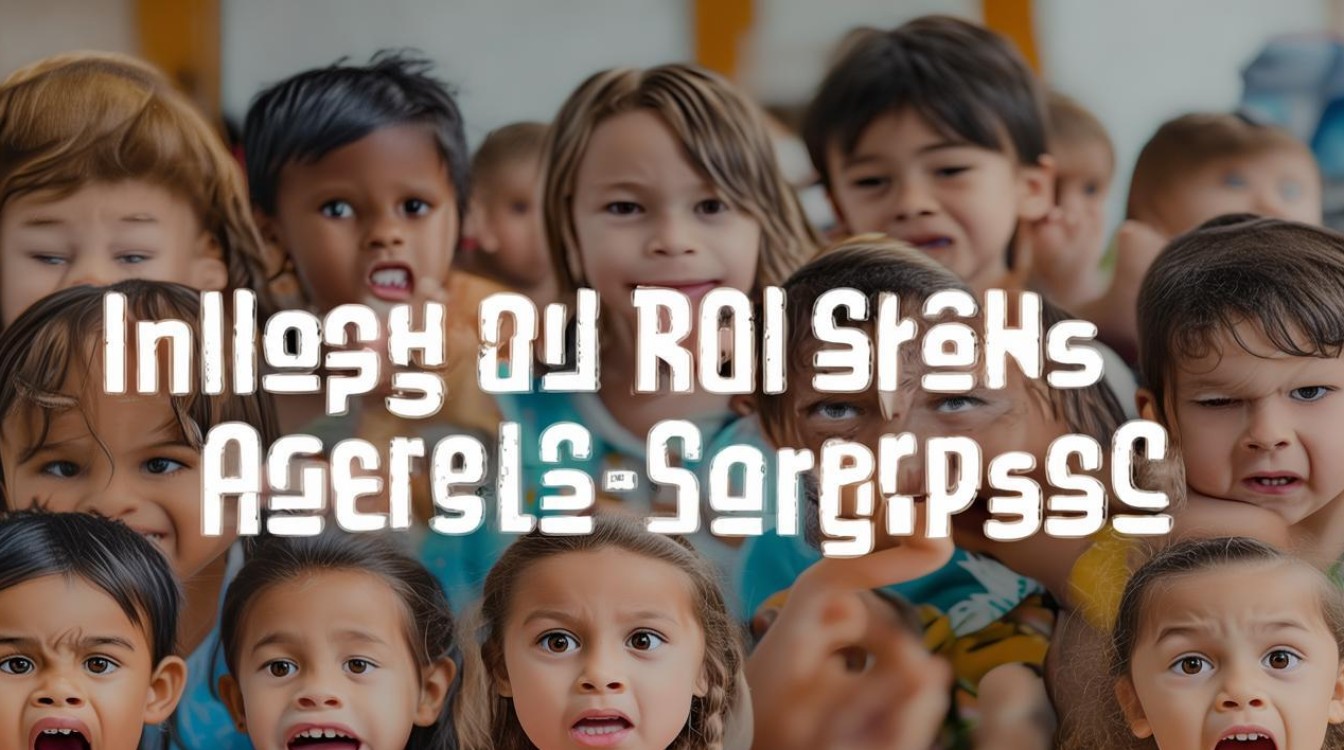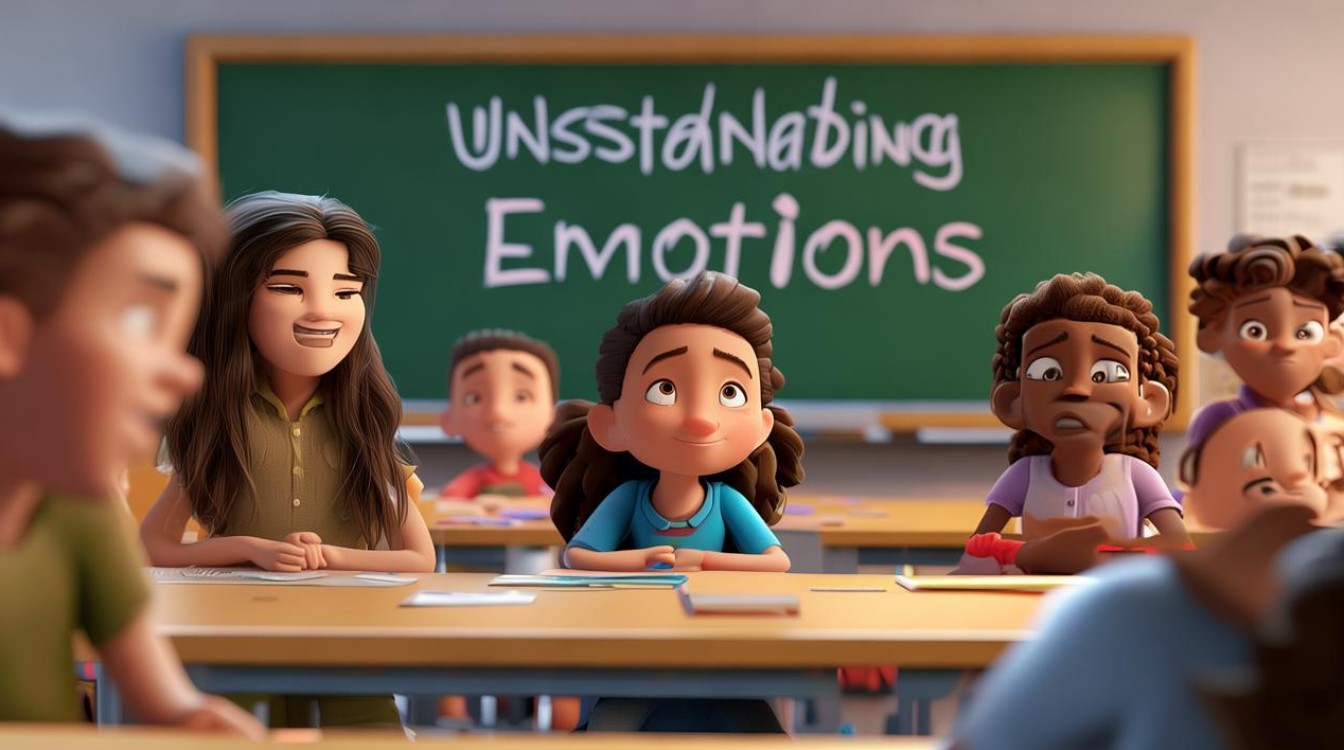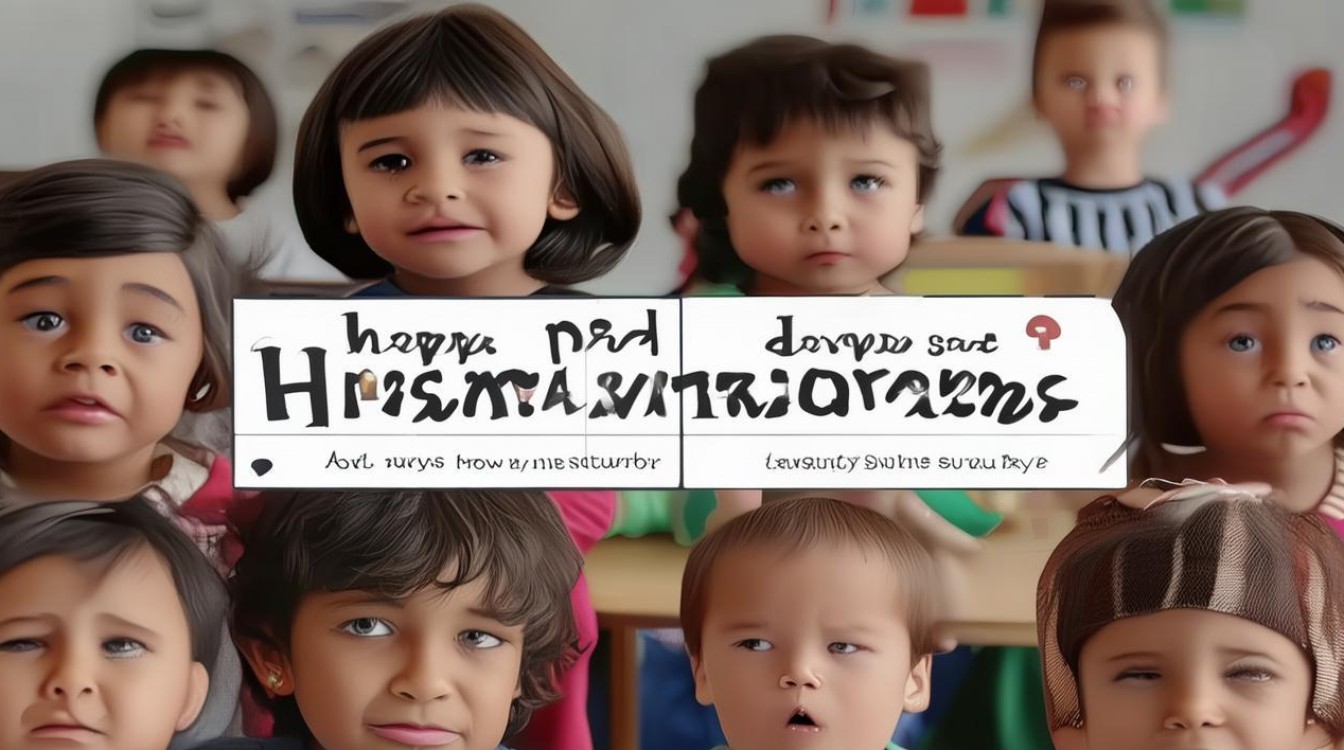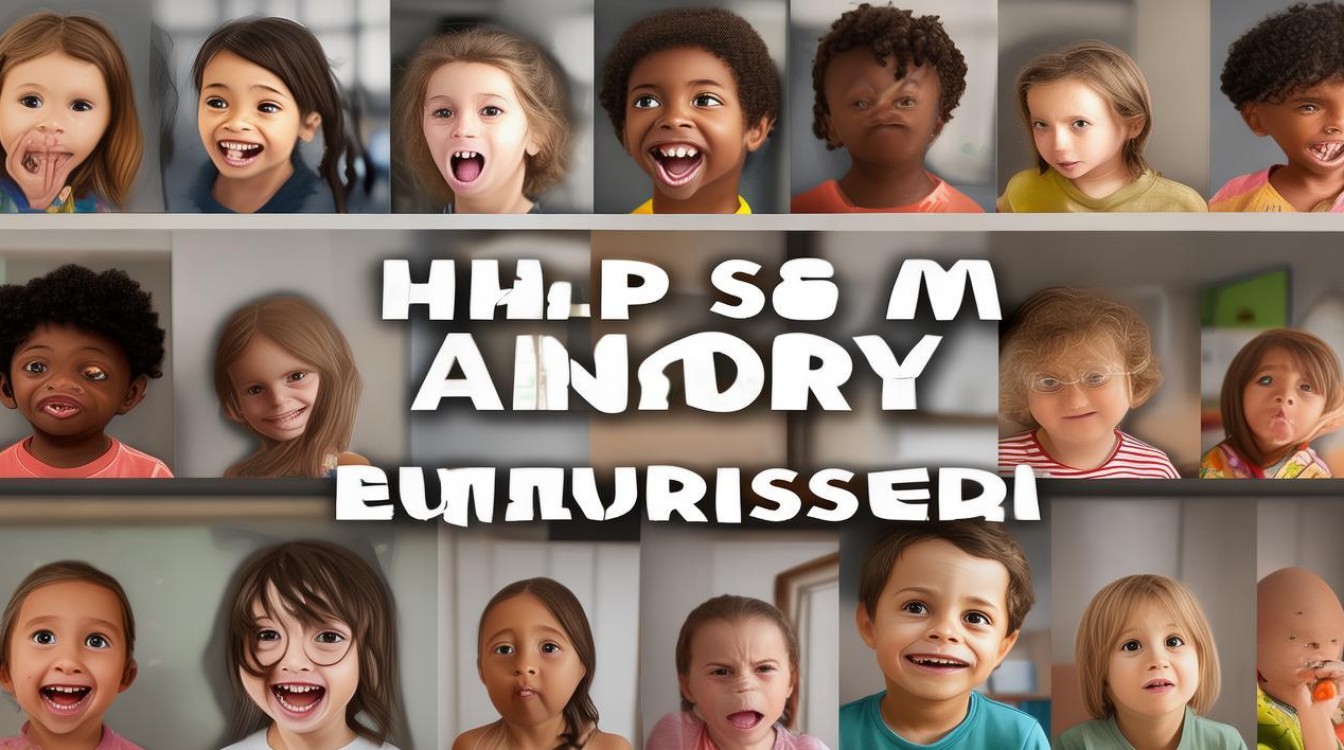Learning to express emotions in English is a vital skill for young learners. It helps children communicate feelings, build relationships, and develop emotional intelligence. This guide introduces key emotion-related words suitable for elementary students, along with simple explanations and examples.

Basic Emotion Words
Children first encounter simple emotions that describe everyday feelings. These words are easy to remember and frequently used.
-
Happy – Feeling joy or pleasure.
Example: "I am happy when I play with my friends." -
Sad – Feeling unhappy or disappointed.
Example: "She felt sad when her ice cream fell." -
Angry – Feeling strong displeasure.
Example: "He was angry when his toy broke." -
Excited – Feeling enthusiastic or eager.
Example: "They were excited about the school trip." -
Scared – Feeling afraid.
Example: "The loud noise made the puppy scared."
-
Surprised – Feeling startled or amazed.
Example: "She was surprised by the birthday party." -
Tired – Feeling sleepy or exhausted.
Example: "After running, he felt very tired."
More Complex Emotions
As children grow, they experience nuanced emotions. These words expand their vocabulary.
-
Proud – Feeling satisfaction in an achievement.
Example: "She felt proud after winning the race." -
Shy – Feeling nervous around others.
Example: "The new student was shy on the first day." -
Jealous – Feeling envy toward someone.
Example: "He was jealous of his sister’s new toy."
-
Lonely – Feeling isolated or without company.
Example: "She felt lonely when her best friend moved away." -
Brave – Feeling courageous.
Example: "The firefighter was very brave." -
Confused – Feeling uncertain or puzzled.
Example: "The math problem made him confused." -
Bored – Feeling uninterested or weary.
Example: "They were bored during the long car ride."
Phrases to Express Feelings
Beyond single words, children benefit from learning short phrases.
- "I feel happy when…"
- "It makes me sad that…"
- "I get angry if…"
- "This surprises me because…"
Activities to Practice Emotion Words
- Emotion Charades – Act out a feeling while others guess the word.
- Feeling Flashcards – Match words with facial expressions.
- Storytelling – Describe a time when they felt a certain way.
- Drawing Emotions – Sketch faces showing different moods.
Why Learning Emotion Words Matters
Understanding emotions helps children:

- Communicate clearly with peers and adults.
- Develop empathy by recognizing others' feelings.
- Manage their own emotional responses.
Teachers and parents can reinforce these words by discussing daily emotions and encouraging expression.
Mastering emotion vocabulary builds a foundation for healthy communication. Children who articulate feelings confidently navigate social interactions more smoothly. Encouraging emotional literacy early fosters lifelong emotional well-being.
By integrating these words into daily conversations, young learners expand their language skills while gaining deeper self-awareness. The ability to name emotions is the first step in understanding and managing them effectively.


